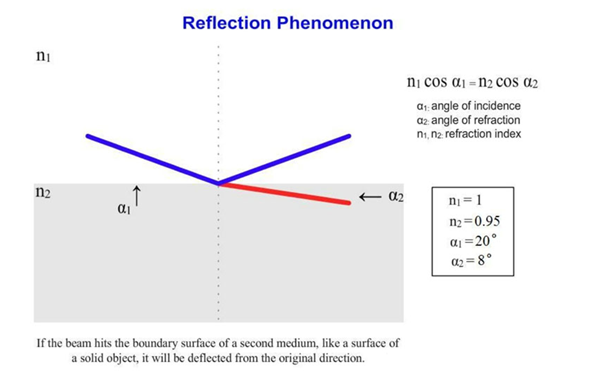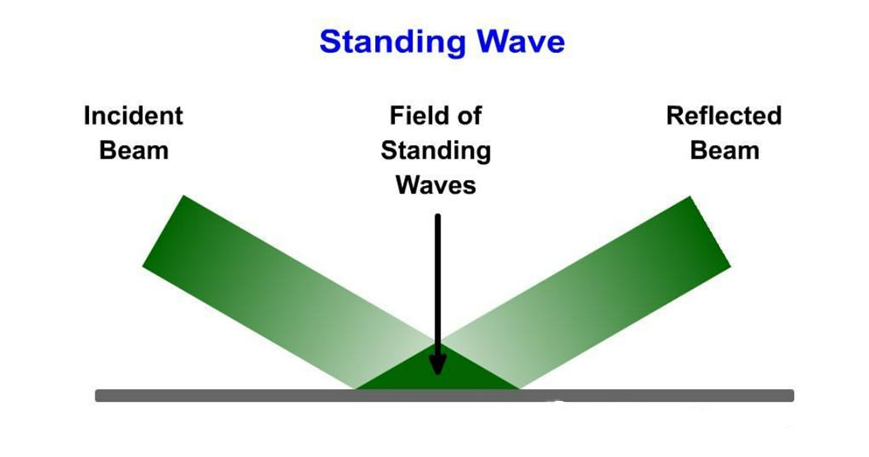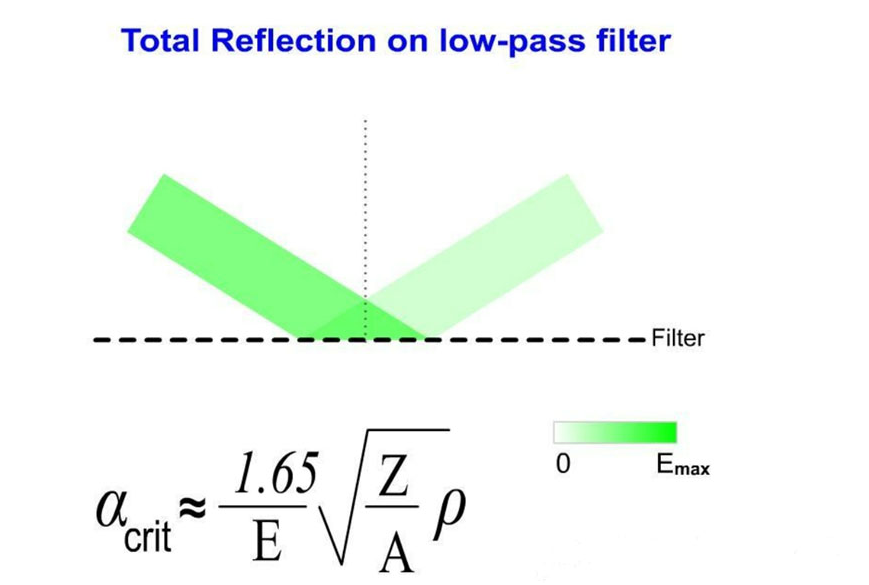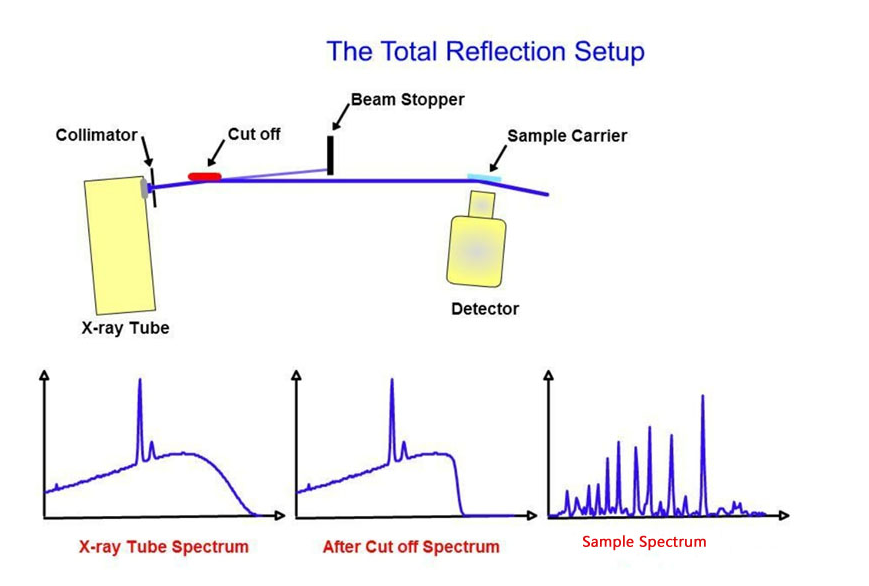
Total reflection X-ray fluorescence analysis
2023-09-14 10:00Total reflection X-ray fluorescence (TXRF) is a surface element analysis technique commonly used to analyze particles, residues, and impurities on smooth surfaces.
TXRF is essentially an energy-dispersive XRF technology with special reflection geometry. The incident beam grazes onto the flat sample carrier, and the grazing Angle is lower than the critical Angle of total external X-ray reflection, causing most of the excited beam photons to reflect on this surface. The sample is typically a very thin trace substance deposited on a carrier and viewed at a very small Angle.
TXRF can be divided into:
1. Chemical analysis: The sample is generally subjected to chemical treatment, including suspension, dissolution, mineralization, pre-concentration and separation
2. Microanalysis: analysis of a small amount of samples (usually a small number of particles). In this regard, TXRF is an important tool in fields such as archaeology and forensic forensics.
3. Surface analysis: TXRF provides instant analysis of the chemical composition of flat surfaces.
一、 reflection phenomenon
X-rays, like any other electromagnetic wave, travel along a straight path in any uniform (transparent) medium. However, if the X-ray beam hits the boundary surface of the second medium during propagation, it will deviate from the original direction. The nature of this deviation depends on the energy of the photon, the nature of the medium constituting the interface, and the Angle of the incident light. Under certain conditions, the beam of light can be split, that is, part of it is reflected back into the first medium, and the rest is refracted into the second medium.

1. Total reflection phenomenon
Unlike the properties of visible light photons, for X-rays, any medium has a lower density than a vacuum, and any solid has a lower optical density than air, which causes the refracted beam to bias toward the interface. In this logic, it can be seen that there is a minimum critical Angle α1 = αcrit as a condition for refraction to occur. For angles of α1 less than αcrit, no light beam can be refracted into the medium 2 interface like an ideal mirror that completely reflects the incident light beam back into medium 1, a phenomenon called total reflection.

2. Critical Angle in total reflection
Conclusion:
(1)A photon of a given energy is fully reflected only at a certain grazing incidence, that is, at a critical Angle.
(2)A reflector set at a specific Angle will reflect only a portion of the photons from a multicolor beam, i.e., those whose energy meets the conditions for total reflection.

3. Total reflection of low-pass filter
Since the full reflection Angle depends on the energy of the photon, the excitation spectral beam can be modified using this effect. By eliminating high-energy photons from the excitation spectrum, their contribution to the measured spectral background can be minimized, thus achieving better detection limits.
In this way, total reflection can be used to "filter out" photons with energies higher than a given value in white light X-rays.

二、Basic TXRF Settings
Typically TXRF spectrometers come in several different designs, but for general laboratory use, they are usually based on the use of X-ray tubes. The multicolor collimated beam from a conventional X-ray tube is redirected by the first reflector, causing the main spectrum to change. For most applications, a flat, polished quartz glass block is sufficient to act as a low-pass filter to remove high-energy photons (i.e., truncation) in the continuous spectrum of Bremsstrahlung. Alternatively, the first reflector can be replaced with a monochromator-like device. Some single-crystal or multilayer structures can act as Bragg reflectors.
Only the beam reflected on this "spectral modifier" is allowed to strike the sample carrier in a grazing-incidence manner at an Angle smaller than that which ensures full reflection of the main excitation energy. The sample holder can hold some sample material, or it can be the actual object itself being analyzed.
The X-ray radiation generated from the sample is then analyzed by an energy-dispersive solid detector, usually a Si (Li) detector. Since the scattering cross section is minimal at 90°, the detector is generally installed in the plane of its incident window parallel to the sample, thus minimizing the scattering background of the spectrum. The distance to the sample is reduced to about 1 mm to ensure that the fluorescence radiation is detected within a large solid Angle. The measured signals are sorted by intensity amplitude (proportional to the energy of the X-ray) in a multi-channel analyzer to obtain an energy-dispersive spectrum.

三、TXRF for trace analysis purposes
TXRF is a flexible and economical multi-element analysis technique.It can be used as an analytical tool for trace samples, such as small particles deposited on the sample carrier.It has been effectively applied to trace analysis of elements in various fields of clock analysis.Due to the improvement of the signal-to-noise ratio, the instrument detection limit is usually in the pg or ng/mL range.Because the sample layer is very thin, quantitative analysis is not susceptible to matrix influence (no correction for attenuation or enhancement effects is required)
